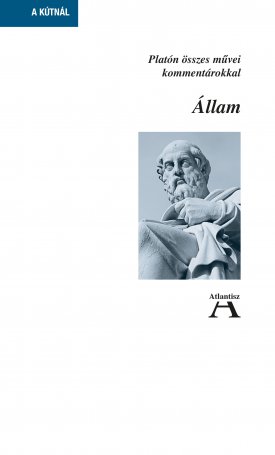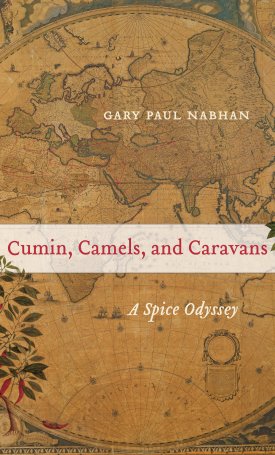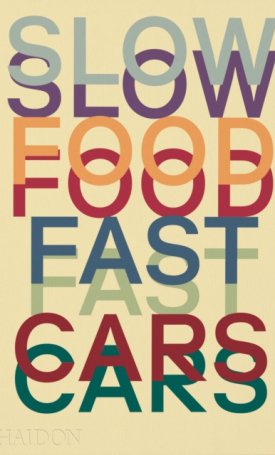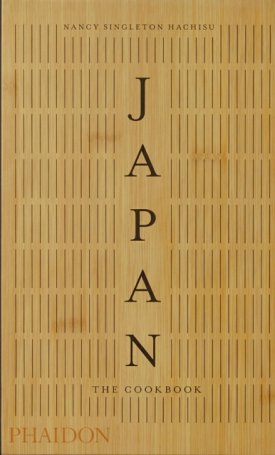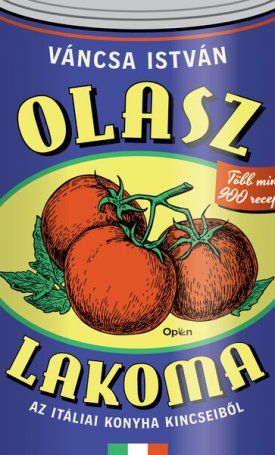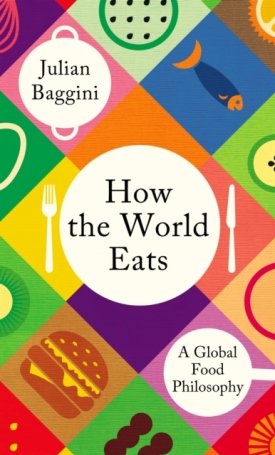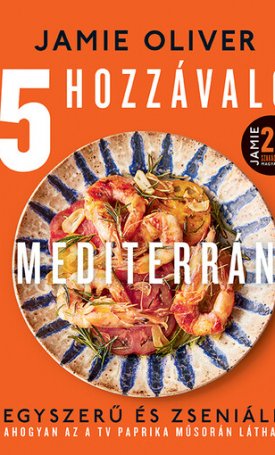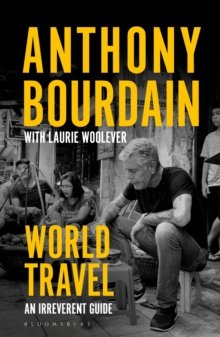Cumin, Camels, and Caravans - A Spice Odyssey
Cumin, Camels, and Caravans - A Spice Odyssey
Gary Paul Nabhan takes the reader on a vivid and far-ranging journey across time and space in this fascinating look at the relationship between the spice trade and culinary imperialism. Drawing on his own family’s history as spice traders, as well as travel narratives, historical accounts, and his expertise as an ethnobotanist, Nabhan describes the critical roles that Semitic peoples and desert floras had in setting the stage for globalized spice trade.
Traveling along four prominent trade routes—the Silk Road, the Frankincense Trail, the Spice Route, and the Camino Real (for chiles and chocolate)—Nabhan follows the caravans of itinerant spice merchants from the frankincense-gathering grounds and ancient harbors of the Arabian Peninsula to the port of Zayton on the China Sea to Santa Fe in the southwest United States. His stories, recipes, and linguistic analyses of cultural diffusion routes reveal the extent to which aromatics such as cumin, cinnamon, saffron, and peppers became adopted worldwide as signature ingredients of diverse cuisines. Cumin, Camels, and Caravans demonstrates that two particular desert cultures often depicted in constant conflict—Arabs and Jews—have spent much of their history collaborating in the spice trade and suggests how a more virtuous multicultural globalized society may be achieved in the future.
CONTENTS:
List of Illustrations
List of Recipes
List of Spice Boxes
Introduction: The Origin of “Species”
1. Aromas Emanating from the Driest of Places
2. Caravans Leaving Arabia Felix
3. Uncovering Hidden Outposts in the Desert
4. Omanis Rocking the Cradle of Civilization
5. Mecca and the Migrations of Muslim and Jewish Traders
6. Merging the Spice Routes with the Silk Roads
7. The Flourishing of Cross-Cultural Collaboration in Iberia
8. The Crumbling of Convivencia and the Rise of Transnational Guilds
9. Building Bridges between Continents and Cultures
10. Navigating the Maritime Silk Roads from China to Africa
11. Vasco da Gama Mastering the Game of Globalization
12. Crossing the Drawbridge over the Eastern Ocean
Epilogue: Culinary Imperialism and Its Alternatives
Acknowledgments
Notes
Index
AUTHOR:
Gary Paul Nabhan is the W.K. Kellogg Endowed Chair for Sustainable Food Systems at the University of Arizona. He is the author of several award-winning books, including Where Our Food Comes From, Coming Home to Eat, Gathering the Desert, and Arab/American.
Series: California Studies in Food and Culture
Category: Gasztronómia, Történelem / kultúrtörténet



